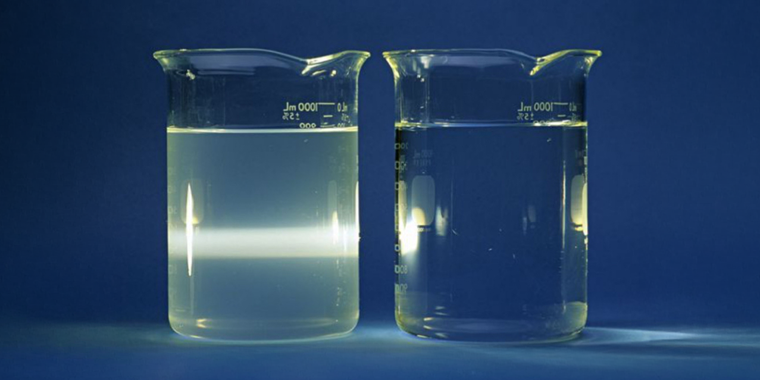Tyndall Effect

The Tyndall effect in under-eye (lower eye lid) filler procedure is a remarkable condition in that the filler takes on a blue-grayish color when applied close to the surface. This situation occurs, especially in people with thin skin, due to the scattering of light from the particles in the filler material and creates an aesthetically undesirable appearance.
In order to avoid the Tyndall effect during under-eye filling procedures, the appropriate (cross-linked) filler should be selected and the correct injection depth (under the muscle) and techniques (cannula) should be used. If this effect becomes evident, correction can be made with the Hyaluronic acid (filler) solvent Hyaluronidase enzyme. Paying attention to these factors provides more natural and satisfactory aesthetic results.
The Tyndall effect is named after Irish physicist John Tyndall (1820-1893), who first described this phenomenon. In everyday life, we can experience this effect in the increased visibility of light emitted from headlights in dense fog.





